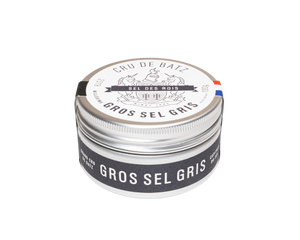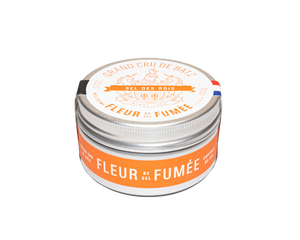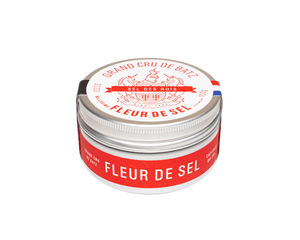Binet 1660

It is said that Georges Binet, wig-maker and confidant of Louis XIV, introduced salt to the King's Court in 1660. This salt was harvested in Batz, the salt capital of the Guérande region, famous for its rich salt marshes.
The ancestral salt-harvesting techniques used by the Binet family, inherited from Benedictine monks who traced and maintained marsh trails a thousand years ago in Guérande, were passed on from generation to generation, from salt artisan to salt artisan, with a -still true- old saying in the family: "King's salt, in the marshes of the town of Batz you will crystallize, never mixed, never crushed, by east wind you will be born!"

On the salt marsh, made of an extremely rich blue clay, there is no mechanization, there is no industrialization, everything is done with simple tools with handles and boards. The best known are those that allow the harvesting of salt in the most traditional way, the “Las” and the “Lousse”: While the first one allows to push the water to create small waves that make the coarse salt roll on the clay, the second one allows to flush the surface of the water to harvest delicately the “Fleur de Sel”, a true gem praised as one of the world’s finest and rarest salts.

Thanks to ancient techniques and constant attention, the Binet salts are extremely rich in nutrients. The grain made of sodium chloride, also contains a slight moisture made of potassium, magnesium and calcium from the earth and sea. In order to preserve this delicate yet essential moisture, the salt is drained naturally then sorted and packed by human hands.

Today, the “Grand Cru de Batz” Salt Flower is appreciated by many Michelin-starred chefs and international chefs. It is with their collaboration that Binet family has created an entire collection of salt with respect for art and tradition to meet the expectations of the most demanding palates.




